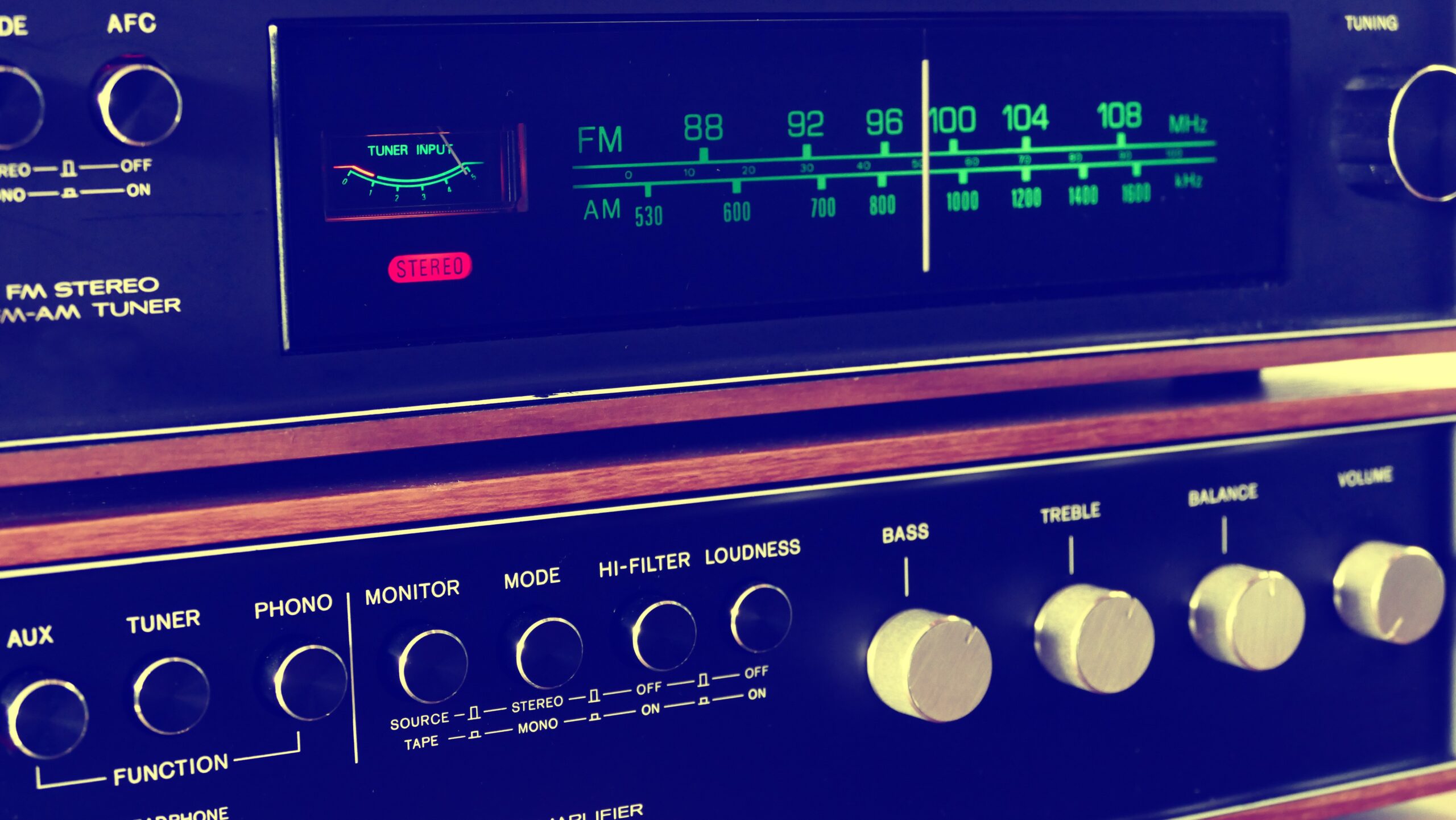
COVID-19 and the Future of Radio
Consulting giant PwC has just recently released its forecasts of media and entertainment in Australia for 2020 to 2024.
The report covers all media sectors and tracks what could happen in three possible futures – one in which there is a more rapid return to pre-COVID advertising and consumer spending; another where there is a more gradual recovery taking 18 to 24 months; and finally, a more negative outcome with ongoing international lockdowns, negative business sentiment and delayed vaccine implementation.
Regardless of which trajectory comes to fruition, PwC noted audio in particular needs to ensure its advertising and measurement offerings become more sophisticated.
“While the return of audiences and new products and services provide strong opportunities for the audio industry, the sector will need to find new ways to attract advertisers by increasing ease of transaction, targeting and measurement,” the report said.
“The challenges posed by COVID-19 to advertisers has driven more confidence in the digital options available, and as such, radio will need to continue to develop systems to remain competitive.”
The report also noted the trend towards media and entertainment companies monetising their content via direct-to-consumer revenue, rather than via advertising.
This trend is being exacerbated by Australian consumers’ increasing migration to Spotify and its premium paid option.
Spotify’s moves into the podcast space are also worth watching, particularly as they are changing users’ listening habits on the platform and changing the podcast landscape, the report said.
PwC pointed to research from Edison Research, which said 60% of Australia’s Spotify users now pay for the service, up from 47% last year.
Podcast downloads overall were 48.7 million in September 2020, up from 13.2 million in October last year.
Streaming and podcasting revenues will reach $807 million by 2024, PwC said, due to its growing sophistication.
“Podcast advertising is becoming increasingly sophisticated as traditional direct-response advertisements give way to targeted, dynamically-inserted advertising. Podcast producers’ access to detailed audience analytics is improving, especially since the launch of iOS podcast analytics in 2018, as well as the growing use of analytics-rich platforms like Spotify and Acast. This can be expected to lead to further improvements in measurement and targeting in the coming years,” the report said.
The terrestrial radio advertising market was worth $1.142 billion in 2019, which is expected to fall to $840 million this year.

In the ‘negative’ scenario, this will fall further to $720 million in 2021, and by 2024, will only have recovered to $747 million.
In the ‘positive’ outlook, it will take until 2022 to beat last year’s figure, with the market expected to reach $1.197 billion in that scenario.
In all three scenarios – positive, negative and gradual – revenue from streaming/ internet radio, including podcasts, will slowly climb, according to PwC. Revenue in this sector jumped from $467 million in 2019 to a projected $599 million this year.
In a ‘negative’ 2021, revenue would be $642. This would be $713 million in a ‘gradual’ recovery, and $820 million in an ideal world.
The report said Australia’s total radio ad market was worth $1.609 billion in 2019, which is expected to fall back 10.6% this year to $1.439 billion.

It predicted audiences would be slow to return to the Drive timeslot, but revenues will be buoyed by streaming and podcasting.
“The onset of COVID-19 impacted the radio sector in multiple ways: the disruption of consumption habits, the curtailing of audience measurement, and a soft advertising market meaning advertising budgets, to the extent still available, have been refocused largely to digital media,” the report said.
First published by RadioToday. Read original here
Discussion
No comments on this post yet, start a discussion below!